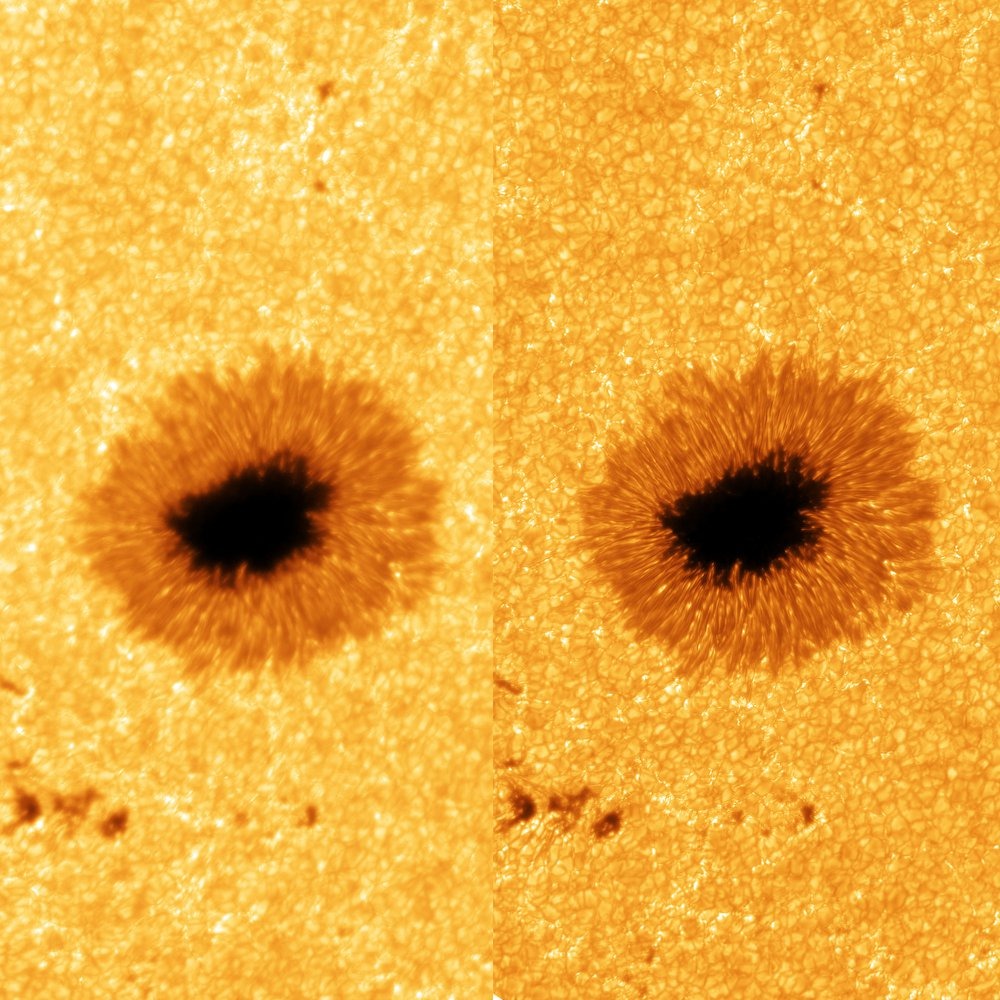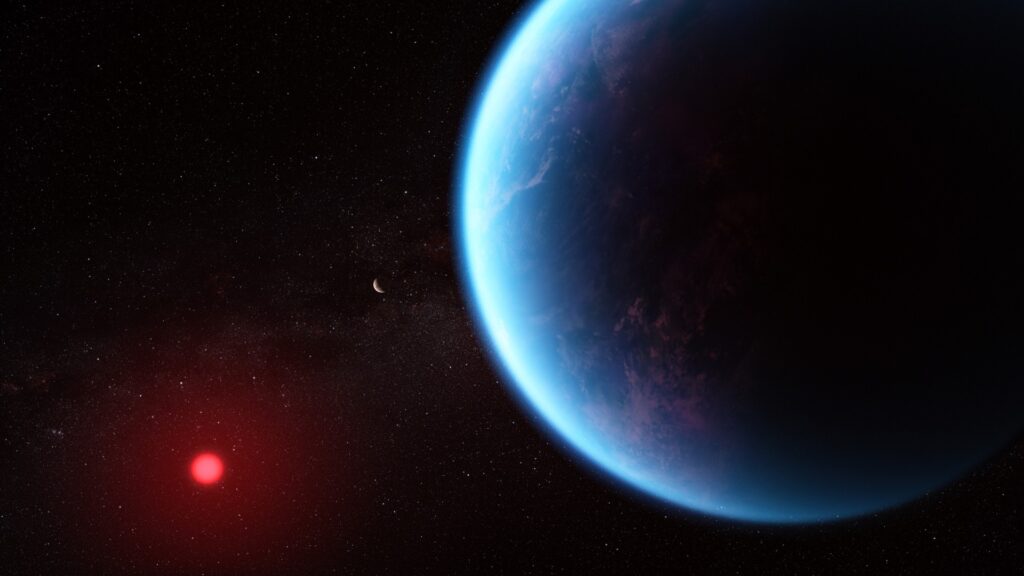The planet Venus is at its peak of visibility in the evening sky this week.
Officially, Venus became an “evening star” on October 22 of last year when it appeared from our earthly vantage point to be situated on the far side of its orbit, invisible due to its proximity to the sun in our sky. It wasn’t until the end of November or the early part of December before Venus finally began to make itself evident, very low in the western sky right after sunset. Soon after the winter season officially began, it seemed to almost vault upwards, appearing progressively higher and more prominent at dusk, and setting a bit later each evening.
On June 4, the “Queen of the Night” will arrive at its greatest elongation — its greatest angular distance in the sky to the east of the sun — 45 degrees. And during this week, Venus will arrive at that point in this outstanding evening apparition where it will set at its absolute latest. Some astronomy guidebooks will tell you that because it’s an “inferior” planet — that is, a planet that is closer to the sun than Earth— that you can never see Venus in the middle of the night.
But this week, for many locations, Venus will indeed be visible at the witching hour and for some localities well beyond the stroke of midnight!
Related: What is a ‘morning star,’ and what is an ‘evening star’?
Soaring high
The reason that this is possible is two-fold. First, Venus’ elongation from the sun currently measures 44 degrees; just 1 degree shy of its greatest elongation that it will attain in a little over three weeks from now. And in the interim, Venus has been progressing eastward along the ecliptic (the line the sun ‘draws’ in the sky throughout the year) and in the process also moving northward through that part of the sky that the sun itself will be traversing during June.
In other words, Venus has been describing a high arc across the sky, which is why at sunset it appears from mid-northern latitudes nearly halfway up from the horizon to the point directly overhead (the zenith). This also means that Venus remains visible after sunset for between 3.5 hours (at 30 degrees North) and 5.5 hours (at 60 degrees North).
Related: See bright Venus climb to its highest point in the night sky tonight

Delaying sunset, and the setting of Venus
The other reason is that because the length of daylight is increasing, the sun is setting progressively later. But a more important factor came into play on Sunday, March 12 when most places in North America observed the start of Daylight Saving Time (DST). Indeed, pushing the clock ahead forestalled the setting of the sun by an hour, as well as the setting of Venus. So, for example, from New York City, this week Venus would appear to set at 10:45 p.m. Eastern Standard Time, but adding that extra hour delays Venus’ setting until 11:45 p.m.
In recent nights, when, for the final time of the day I walk my dog Sweeney, we’ve also had Venus for a companion, still shining brilliantly near the west-northwest horizon. Fantastically odd, since usually at half past eleven at night, Venus is long gone from the sky, having already set some hours before.
And for those places located near or along the western flank of a particular time zone, Venus will appear to set even later — in some cases — after midnight!
Same time zone … big difference!
Let me use two locations to drive home this point: Bangor, Maine and Marquette, Michigan. Both are located in the Eastern Time Zone.
Each time zone is generally 15 degrees in width. But Bangor is near the eastern flank of the zone and Marquette at the western flank. Because the Earth is a sphere and rotates from west to east, the setting of a particular celestial object will be seen at a particular moment from Bangor, but that same object will not set for Marquette until about an hour or more has passed; it will take that long for the Earth’s rotation to turn enough to bring that celestial object down to the western horizon, as seen from Michigan’s Upper Peninsula. And yet for both locations, the clock reads the same because they are both in the same time zone.
As a consequence, this week, Venus will set from Bangor at 11:41 p.m. EDT. But for Marquette, Venus does not set until 1:03 a.m. EDT!
End of Venus’ evening show
Venus will continue to “stay up late” for a while longer, but after this week it slowly will begin to set earlier, and this will really begin to accelerate after July 20 when it becomes stationary against the background stars and begins turning rapidly back to the west toward the sun.
By then, if you watch for it at dusk, it will appear noticeably lower with each passing evening; during the final ten days of July, it will be setting 5 minutes earlier each night. Our last chance to get a glimpse of it in the evening sky will be at the very start of August, then it will disappear into the sunset glow.
Returning as a prominent morning star a few weeks later, it will then become a dazzling fixture in the predawn morning sky right through the balance of 2023.
If you hope to take a look at Venus close-up during its evening apparition, our guides to the best telescopes and best binoculars are a great place to start.
And for tips on photographing Venus or the night sky in general, check out our guide on how to see and photograph the planets and our rundowns on the best cameras for astrophotography and best lenses for astrophotography.
Joe Rao serves as an instructor and guest lecturer at New York’s Hayden Planetarium (opens in new tab). He writes about astronomy for Natural History magazine (opens in new tab), the Farmers’ Almanac (opens in new tab) and other publications. Follow us on Twitter @Spacedotcom (opens in new tab) and on Facebook (opens in new tab).


